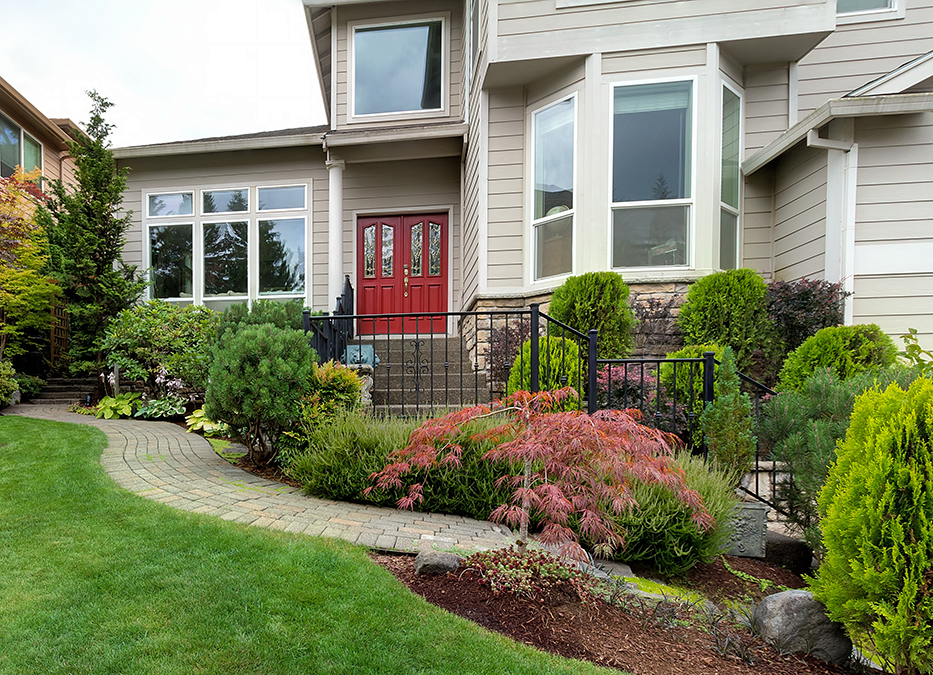Whether you have an indoor garden or large backyard, smart gardening will help you save time, money, and design the best possible garden for your environment.
We reached out to gardening experts for their best gardening tips:
- Choose the right plants
Jessyca Frederick, co-founder and CEO of Water Wise Now, recommends selecting plants native to your region:
These plants prefer your soil and weather just the way it is. This means you don’t need to amend the soil texture or drainage, provide additional nutrients, and rarely will you need additional water. You still need to pay attention to microclimate, but this is usually easy to research.
“Native gardens are also wildlife gardens. They’ll attract the birds and butterflies so coveted by many gardeners. Plant milkweed and you’ll get monarchs.”
- Know your fertilizer
Bryan Clayton, CEO of GreenPal says fertilizer is an important consideration:
One of the biggest misconceptions gardeners and yard enthusiasts don’t know about is what the numbers on the outside of the bag of fertilizer mean.
The numbers you see on the bag or a percent of the content that is concluded in the bag in this order: nitrogen, phosphorus and potassium. In most cases, a homeowner can go with a balanced fertilizer such as a 15-15-15 and will be okay.
Especially during the spring and summer months, the grass has stressful conditions to deal with. So, applying a more expensive potassium now can prevent problems from developing or continuing.
- Make use of your windows
Michelle Polk, blogger at Houseplant Girl says you should take stock of your windows:
Which directions do they face? Do you have mostly south or north facing windows? What you want to do is get to know your home and understand that plants need the right placement in order to succeed. Some plants need more light, some plants need less light, some plants love neglect.
“Getting to know your specific layout is necessary for a great indoor garden. The rest will follow suit.”
- You can’t go wrong with herbs
Ostap Bosak, manager of Marquis Gardens, says herbs are a great option for indoor spaces:
They are less fussy and work well in indirect light. I like to plant them in separate containers as they generally have different growing rates and this prevents one plant from overtaking the other in a mixed planter.
- For gardeners with brown thumbs
Rather than learn all about different plant preferences and build an environment suited to each plant in your garden, Frederick suggests selecting “bullet proof” plants:
These are plants that are difficult to kill; they’re very tolerant of less-than-desirable conditions and are low-maintenance. These gardens will look “nice” most of the time, but will not necessarily be exciting or showy.
What are your tried and tested gardening tips? Tell us in the comments section below.

